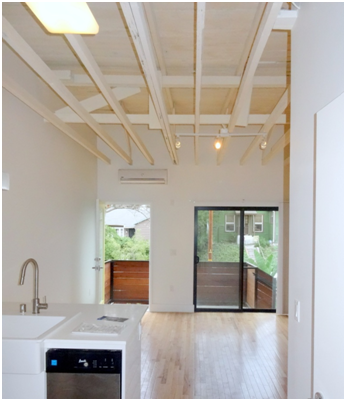Investors and venture capitalists in January 2016 hammered the valuations of technology companies both in the public and private market. Recent stats show a reduced commitment to venture capital funding in the first two months of 2016. Some venture capitalists are warning startups to prepare for a long winter in fund raising and to conserve cash. Web 2.0 had a spectacular run and brought even more innovation than during Web 1.0. Technology is volatile and is prone to over valuation and under valuation. We may have indeed reached the point where tech employment starts to contract and Bay Area office absorption slows and at some point turns negative.
It is not clear how this weeding will take place. Without a concomitant recession, it can be lighter and less dramatic initially Perhaps, we have lost site that most startups fail. A business can still succeed even if every investor does not benefit. The 2009 funding freeze was much different than the 2000 dot.com bust. In the 2000 dot.com bust, most startups just failed, whereas during the 2009 funding freeze–startups and tech companies cut back and froze expansions. Despite a nasty recession–many tech company revenues kept growing in 2009. By 2010–fundings and expansions resumed.
However this revaluation of Web2.0 takes place– Web 2.0 will be followed by an even bigger Web 3.0. Innovations will be more startling. The entire world has shifted to a knowledge based economy. Technology will dominate economic activity. Knowledge workers will make new and even more profound discoveries in life science, computational power, and artificial intelligence.
What ever dark days may be ahead–we must not lose sight of the long run. For the Bay Area–rents may fall and vacancies may rise precipitously over the down cycle. However, San Francisco and the Bay Area are the world’s capital of technological innovation. The infrastructure and institutions are unparalleled anywhere else in the world. During Web 3.0–San Francisco and the Bay Area will rise to even greater heights.



